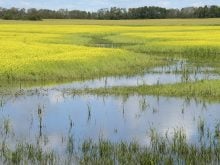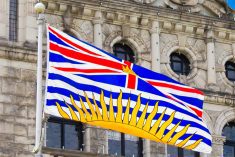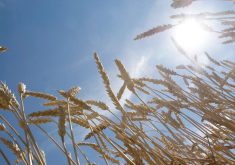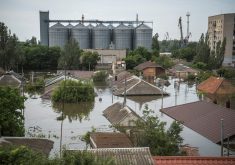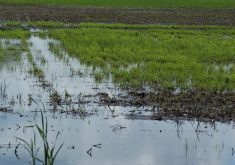UPDATED: November 16, 2021 – 1625 CST – The movement of agricultural commodities from the Prairies to the West Coast is being disrupted by extreme flooding in British Columbia.
Reuters is reporting that all rail access to the Port of Vancouver has been cut by floods and landslides in the B.C. interior, which could sideline shipments of grain, coal and potash.
“All rail service coming to and from the Port of Vancouver is halted because of flooding in the British Columbia interior,” port spokesperson Matti Polychronis told Reuters.
Canadian Pacific Railway told The Western Producer in an email that it is experiencing a track outage north of Hope, B.C., affecting service to that region.
Read Also
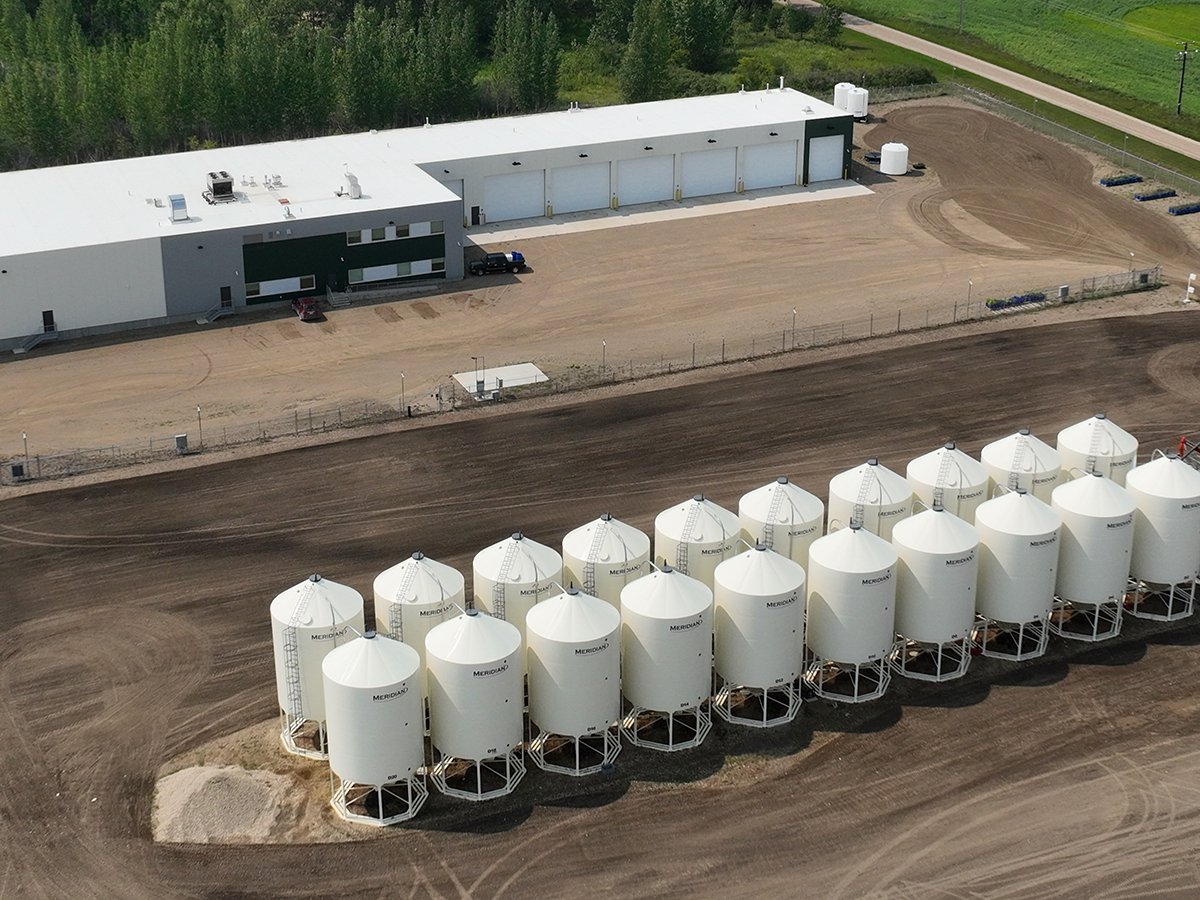
Saskatchewan firm aims to fix soil with compost pellets
In his business, Humaterra, Leon Pratchler is helping farmers maximize yields in the weakest areas of their fields through the use of a compost pellet.
Canadian National Railway said there have been mudslides and washouts on CN’s network and crews are inspecting the affected areas and carrying out repairs.
“Northbound and eastbound traffic from Vancouver, as well as inbound to Vancouver from east/north of Kamloops continue to be impacted,” company spokesperson Mathieu Gaudreault said in an email.
Chuck Penner, grain market analyst with LeftField Commodity Research, tweeted a map showing the hotbed of reported landslide damage to CP and CN lines, which is between Spences Bridge and Komo, B.C.
Dave Earle, president of the B.C. Trucking Association, said most of the disruption in the flow of agricultural commodities to the West Coast will be on the rail lines, not the roads.
“The grain (movement) is almost entirely by rail,” he said.
“There is some livestock movement (by road) but not a lot this time of year.”
There have been Twitter reports of at least some isolated problems for truckers of both agricultural commodities.
Jesse Meyer (@JesseMeyerLMGP), said he and his brother were stuck on a B.C. highway with a load of grain.
“Right beside me are two livestock trailers filled with pigs from southern Alberta. I feel terrible for them. They have already asked for our grain, possibly,” he tweeted.
Earle said two days of torrential downpours caused mudslides and washouts on highways from Vancouver into the interior of B.C.
There are multiple closures on Highways No. 1 and No. 7, the two major thoroughfares through the Fraser Valley into metro Vancouver. He is unsure of the nature of those closures.
“If it’s just debris removal it will be a day or two,” he said.
Earle said it is common to have road closures due to mudslides in that area, but this amount of closures happening all at once is unprecedented.
There are three main highways — No. 1, No. 3 and No. 5 —and one secondary highway — No. 99 — for transporting goods across the interior of B.C. to Vancouver.
“All of those are closed in multiple areas,” he said.
“The majority of those areas we think are debris flows, so you just push it off and off you go.”
There is photographic evidence from the B.C. Ministry of Transportation and Infrastructure of at least one washout on Highway No. 1 in the Fraser Canyon. Earle has also seen photos on social media showing a washout on Highway No. 5.
Washouts will likely require road repairs that could take a couple of days or more.
Earle noted that more than 10,000 residents of Merritt, B.C., were forced to leave their homes due to flooding, and 275 people on the outskirts of Vancouver had to be airlifted from their vehicles by Cormorant helicopters after getting trapped between two mudslides.
Commercial truckers fared better than many other stranded vehicle operators.
“Those guys on the highways, they’ve got their hotel with them,” he said.
Some livestock have been affected by the floods. Earle saw a social media post of police shutting down a usable portion of Highway No. 3 to allow a herd of cattle to move across the highway to escape the flooding.
Contact sean.pratt@producer.com




